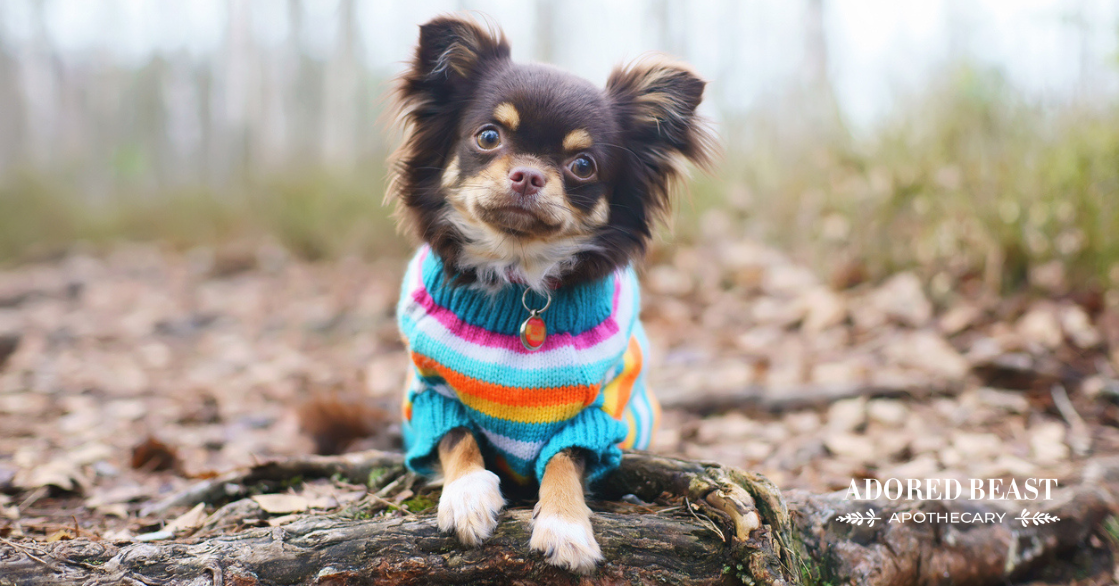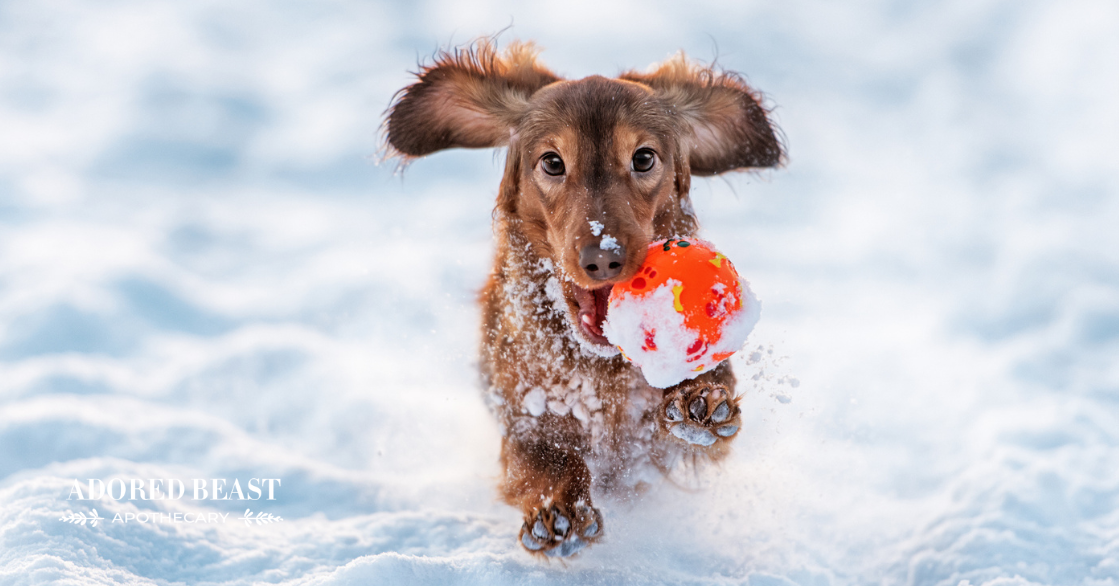Dressing up pets in cute outfits or funny costumes can be tempting, especially during holidays or for special events. Social media is filled with adorable pictures of dogs in sweaters and cats in superhero costumes. Many of us have probably given it a go in the past, even if just to see how our animals feel about it or to have a little giggle.
Some pets don’t mind costumes or clothing. In fact, some love it. For those with anxiety, clothing can even help them feel safe and secure. And sometimes, when you dress up a pet, you do it to help them (winter coats or booties, after surgery, etc.). That said, there are times when, if unnecessary, what’s fun for you isn’t fun for your animal. While dressing up pets can sometimes be harmless fun, it’s important to consider how your furry friend feels about it.
Why Many Animals Don’t Like Being Dressed Up
There are several reasons why, when you dress up a pet, they may not like it so much. This is especially true if they’re new to it.
Firstly, pets communicate through body language, and wearing clothing can interfere with their natural movements, senses, and ability to express themselves. Many animals find the sensation of wearing clothes restrictive or uncomfortable. That restriction can inhibit their ability to move freely, which can be stressful or frustrating. Think about that child from A Christmas Story in his red snowsuit… Additionally, Some outfits can cover a pet’s eyes, ears, or whiskers, interfering with their senses and making them feel disoriented or anxious. If you dress up a pet, it can also make it hard for them to groom themselves, especially cats.
There is also the risk of overheating. Sure, many of us (myself included) have coats or booties for those really cold days, and in this case overheating isn’t going to be an issue. However, pets naturally regulate their body temperature through their fur and skin. Adding extra layers, especially for animals with thick coats, can cause overheating. Pay attention to the temperature.
How to Tell if Your Pet Is Uncomfortable
In some cases, it’s very easy to tell when a pet is ticked off by your outfit choices for them. When we first got Indi her sweater for cold days, she stood there with a complete look of disgust on her face and took ages to move (she’s gotten used to it now).
Pets may not always make it obvious when they’re unhappy, but there are clear signs you can look for:
- Body language: Flattened ears, a tucked tail, or a hunched posture can indicate discomfort or anxiety.
- Excessive scratching or biting: A pet trying to remove the clothing is a clear sign they’re not comfortable.
- Frozen stance: If your pet stands still or refuses to move, they may feel trapped in the outfit.
- Panting or whining: These vocalizations can signal distress or overheating.
If you notice that your pet is absolutely not a fan of the clothing you’ve put them in, don’t force it. If it’s their first time wearing clothes, and you need to dress up a pet for a specific reason (ex. the weather), try to make it a positive experience to get them used to it. And, in the end, if you want to celebrate a special occasion without dressing your pet, consider alternatives like decorative collars, bandanas, or themed toys. These options can add a festive touch without causing stress or discomfort.
How to Safely Dress Up a Pet
If you decide to dress up your pet, follow these guidelines to keep them safe and comfortable:
- Keep it simple: Opt for lightweight, breathable materials and avoid outfits with small, detachable parts.
- Make sure it fits: Clothes that are too tight around the neck, chest, or limbs can be really uncomfortable and can pose serious health risks. Take measurements of your pet’s neck, chest, height, etc., and when you try it on for the first time, ensure nothing is too tight.
- Test it out: Let your pet wear the outfit for a short time while monitoring their reaction.
- Prioritize comfort: Make sure the clothing fits well and doesn’t restrict movement or cover key sensory areas like the face or whiskers.
- Respect their preferences: If your pet seems uncomfortable or stressed, take the outfit off immediately.
Clothing and costumes can be totally safe. And if your pet seems to like them, have at er’. That said, if you do dress up a pet, try to avoid buttons, zippers, or loose parts of an outfit that can be chewed on or swallowed, leading to choking or digestive issues. Also, try to find ones made with high-quality materials to avoid any potential skin irritations.
Sure, if you dress up a pet, it can be adorable and entertaining, but it’s essential to prioritize their comfort and well-being. Always pay attention to your pet’s body language and respect their boundaries. If it’s a no-go, accept it. After all, your furry companion’s happiness is far more important than a cute photo opportunity.












